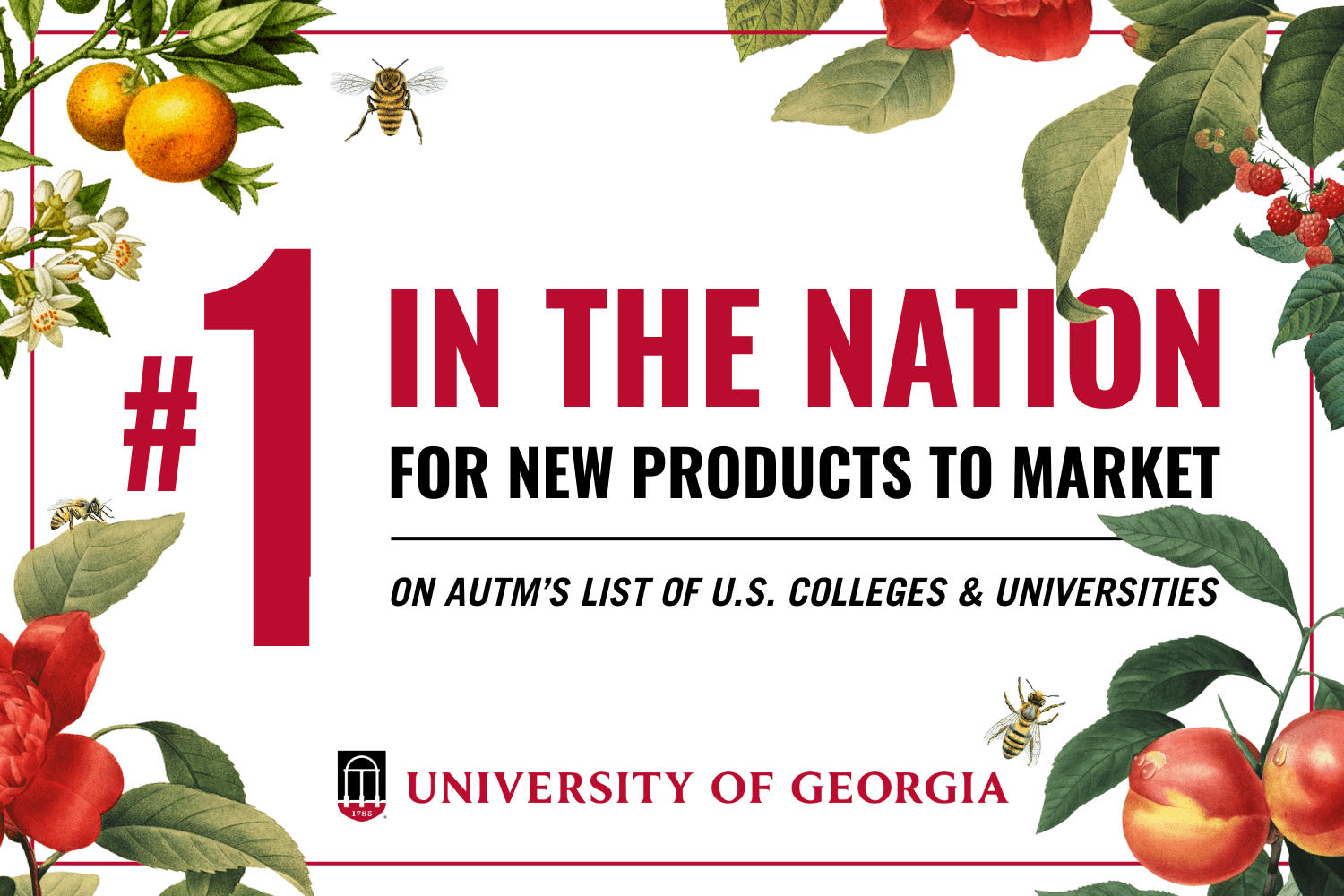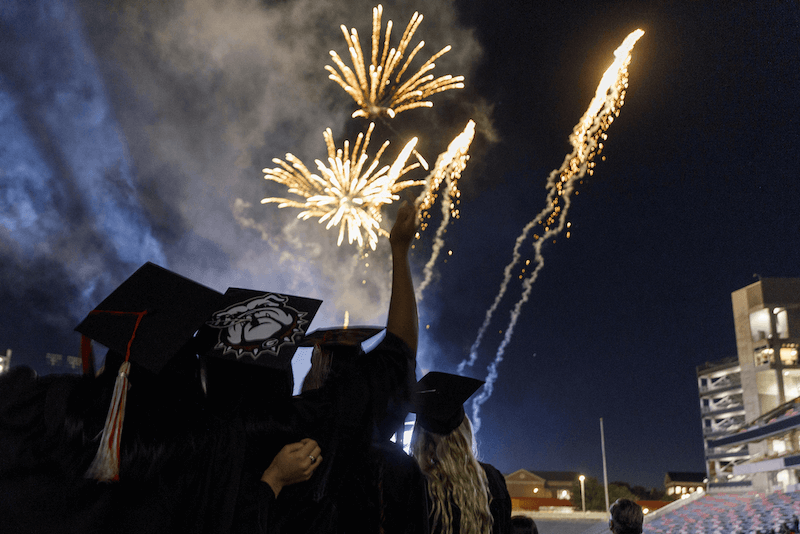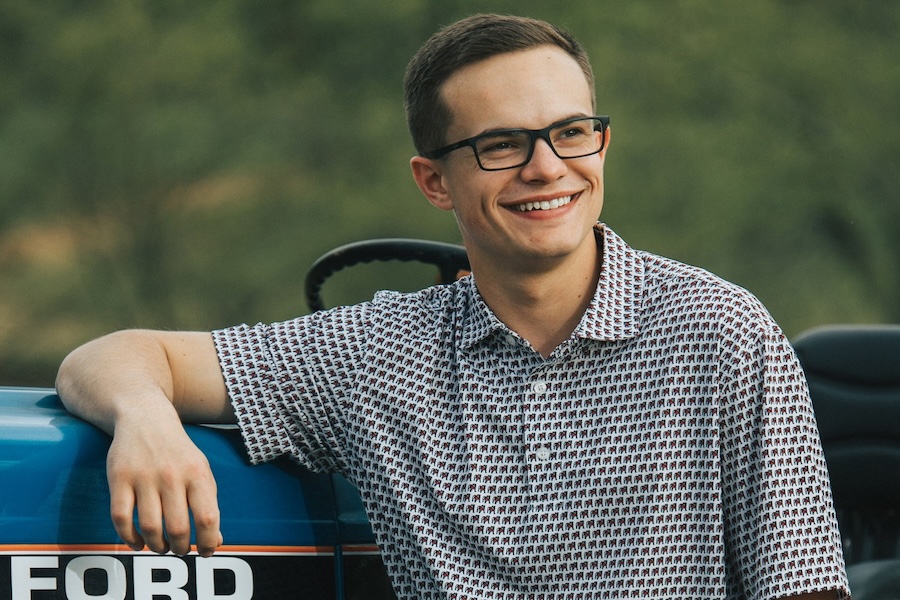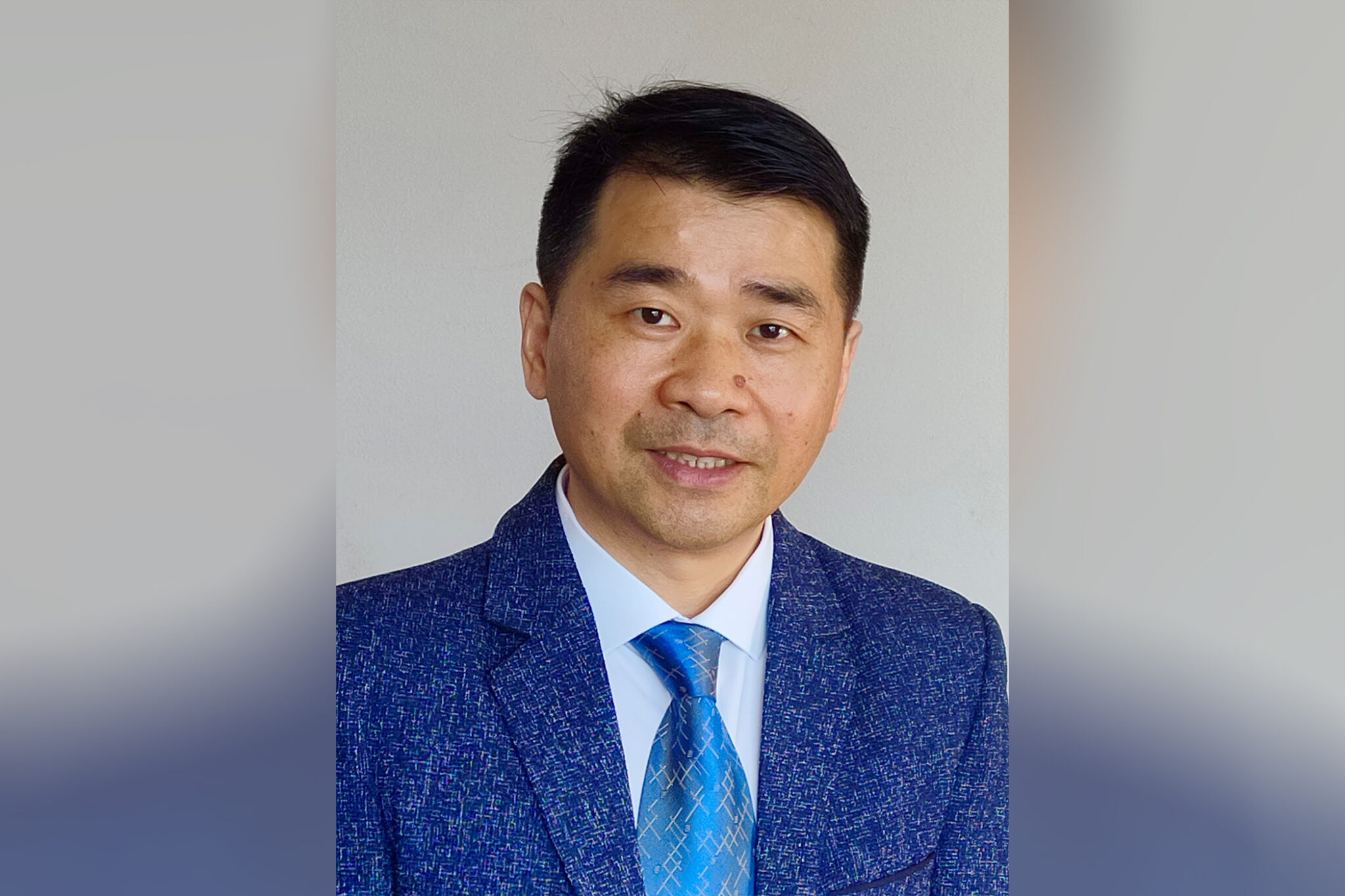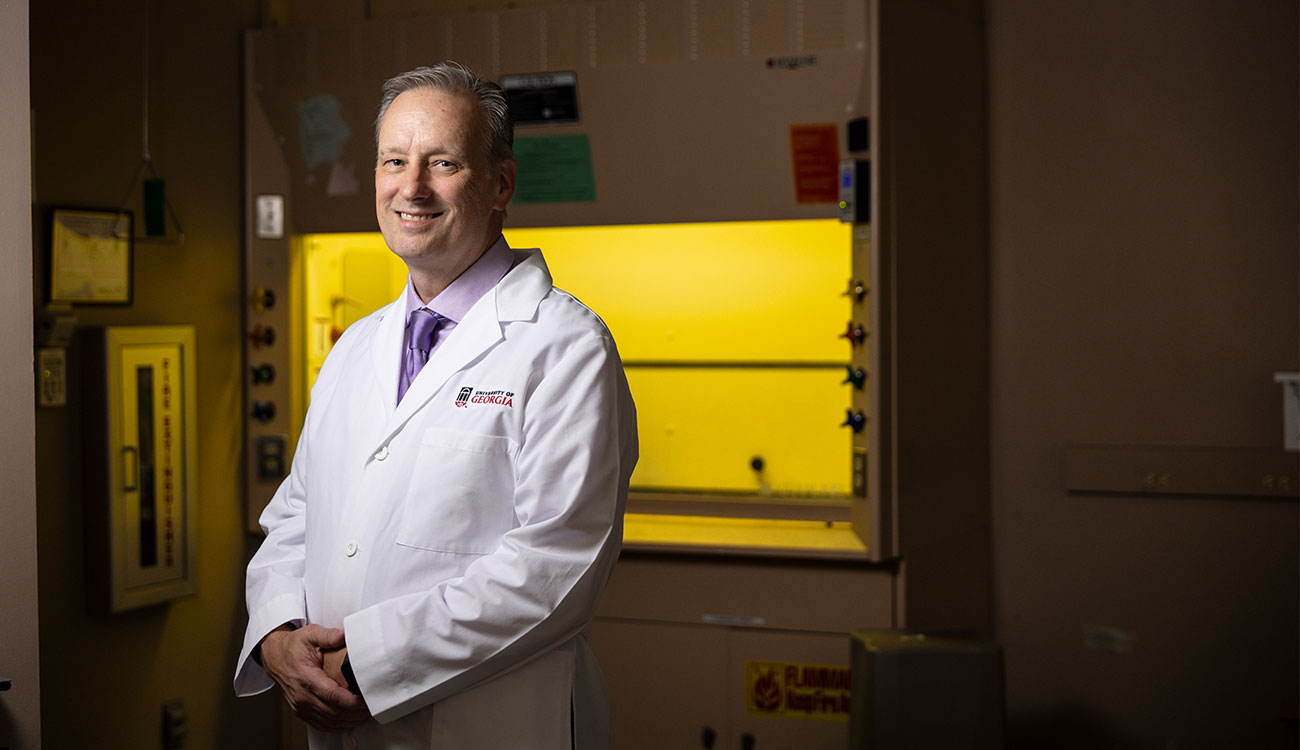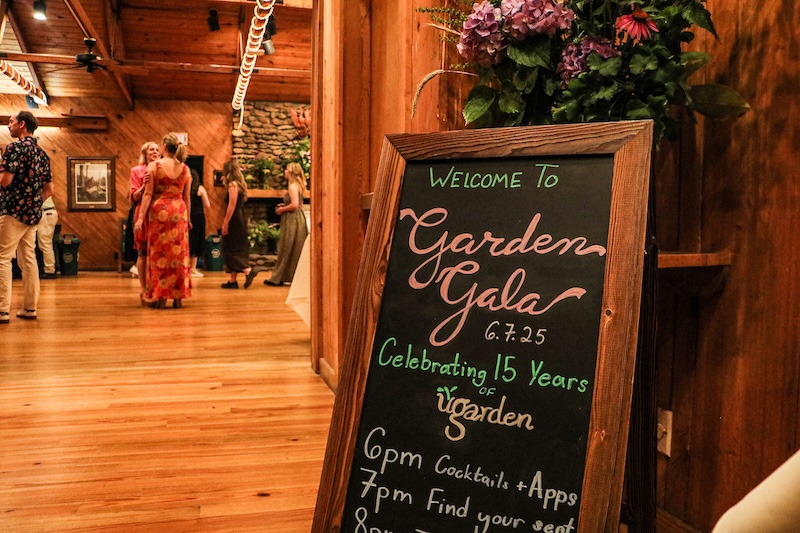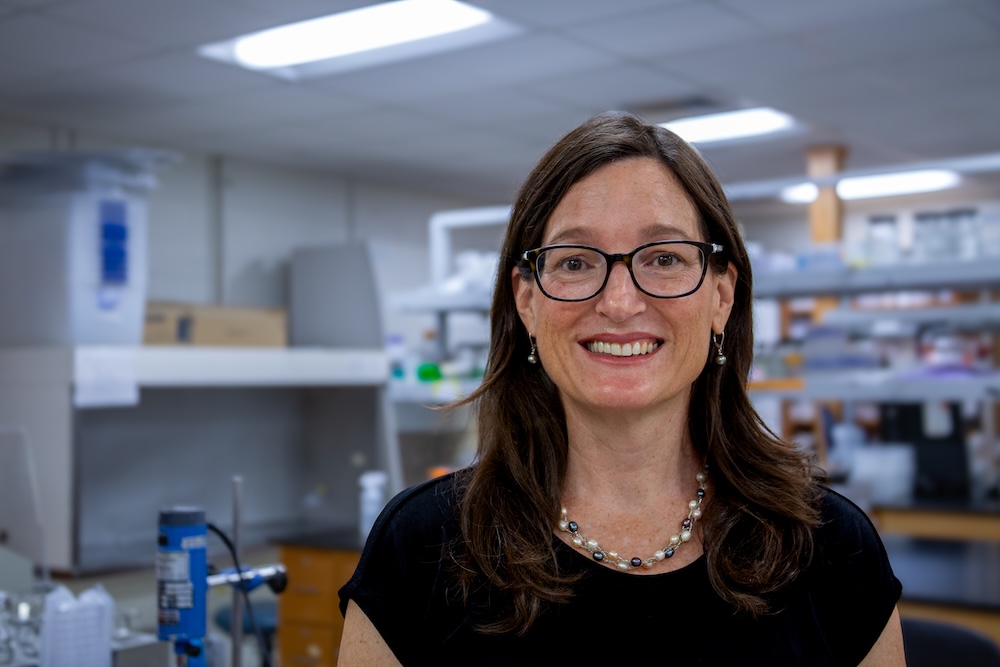 CAES News
CAES News
Plant Pathology Head
Renowned mycologist Marin Brewer has been appointed as the new head of the Department of Plant Pathology at the University of Georgia's College of Agricultural and Environmental Sciences. A distinguished scholar and educator, Brewer joined CAES in 2011 and was named the William Terrell Distinguished Professor in 2022. Her research has focused on the evolution and diversity of plant-pathogenic fungi, with particular interest in fungicide resistance, host specialization and fungal mating systems.

